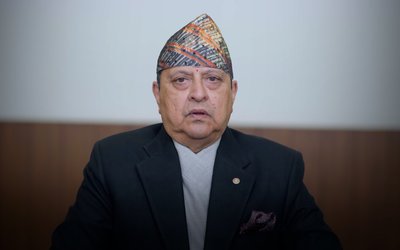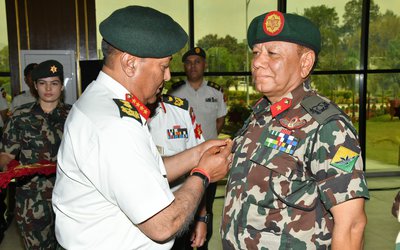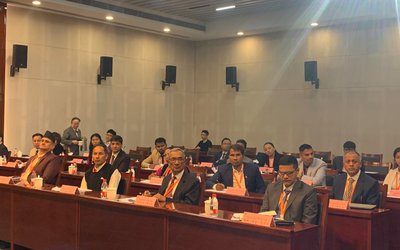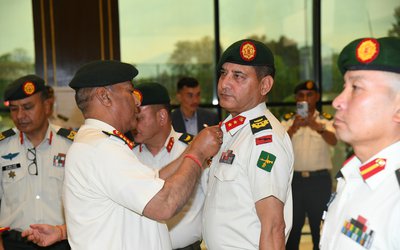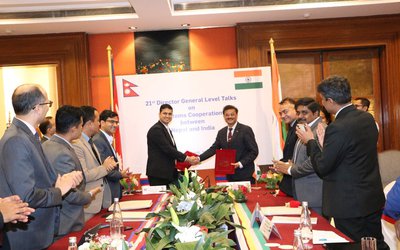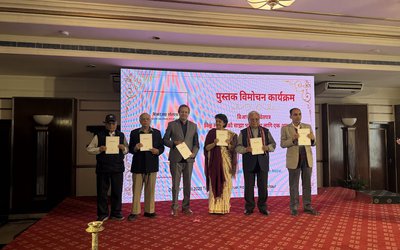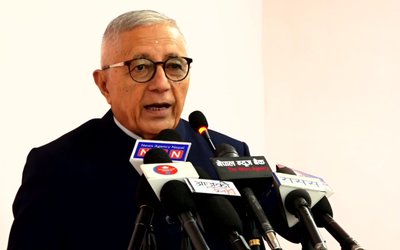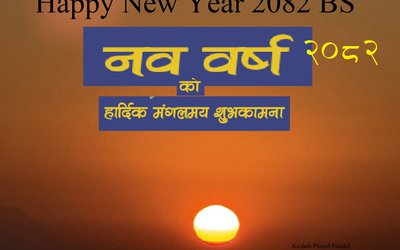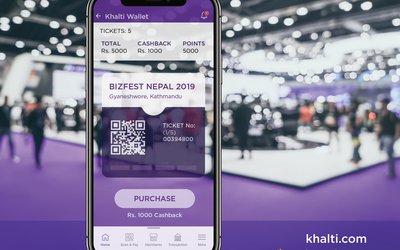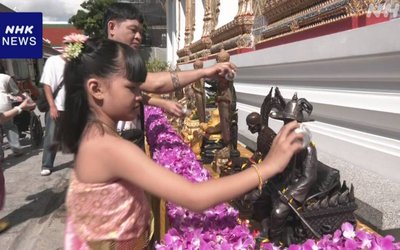
The exams have been over, yet the most stressful part of being a post-10th grader remains. It is that time of the year again, overstuffed with applications and interviews. The final results come in, and it is time to make a decision. Some higher education institutes of Nepal are now offering programs that meet international standards. High schoolers now have many alternatives to pursue: they can choose among the General Certificate of Education Advanced Level (A level), Advanced Placement (AP), International Baccalaureate (IB), All India Senior School Certificate Examination (CISCE/AISSCE) and +2 (The official higher secondary education in Nepal).
With such a large array of choice schools and certificates, the guardians find it difficult to decide which one will fit and benefit their wards the most. There are many differences between these 11th and 12th grade boards. The only obvious similarity is that they all count and are taken into account on the student’s transcript.
The General Certificate of Education Advanced Level is better known as the A-level. The A-level is internationally recognized, especially in European countries, such as Britain. It is a two-year course for 11th and 12th graders, where most students study 3 to 4 subjects per year. A student can sit exam either every year, or altogether at the end of the 2nd year. It is known for its flexibility. In Kathmandu, there are 42 schools that provide the A-level program. The tuition cost ranges from Rs. 10,000 to Rs. 40,000 per month. The subject choice of the student varies from business studies to philosophy, with many more in the middle. About four thousand students attend the A level program every year.
Samriddhi Rana is one of these A level students. Rana’s choice was Malpi Institute. She says she chose A-level because, “It is a flexible course designed to suit the requirements and match the interests of the student. It is internationally recognized ant the fact that it is challenging emphasises its high standards.”
Advanced Placement (AP) is available only in Nepal at one educational institute, the Lincoln School. The College Board created it in order to offer college level courses to high school students. It is internationally recognized, while being preferred in the United States of America. The number of subjects that are offered within this board happens to be less than those offered in A level. However, there is still a wide selection ranging from Calculus to Music Theory. There is a wide range of opportunities that come with AP. If a student receives a 4 or 5 in an AP exam, he may acquire college credit in high school. AP is on the more expensive side, with the tuition being $20,775 per year.
International Baccalaureate (IB) is only available at Ullens School. Ullens is a certified world school, and the teaching style differs drastically from A-level or the traditional +2. IB focuses on not only the academic areas, but also on other faculties like research, social work and sports. It is internationally recognized. The IB program has two parts, the Certificate and the Diploma. Every child starts out in the Diploma program, which is very rigorous. If the child has a hard time, he does the Certificate. Apart from regular classes, the IB has 3 cores. They include the Theory of Knowledge, the Extended Essay, and the Creative, Action, Service area. These cores help students become independent, life long learners. IB is also expensive, with the monthly fee being Rs. 4800.
The 11th and 12th graders in India must give the All India Senior School Certificate Examination. The board, upon which they do this, has many names. The most common ones are CBSE and ICSE. There are many minor differences between the two. For example, in CBSE both Hindi and English are thought of as important whereas in the ICSE board, the focus is on English. The Nepali government has begun to regulate the Indian Board Schools, thus they may not be available for much longer. The tuition fee is roughly Rs. 3465 a month in India.
Ten +2 is the Nepali version of 11 and 12. Basically, if you want to become a doctor or engineer, +2 would be beneficial. It may not be internationally recognized, it only counts in further studies that take place in Nepal. +2 offers Humanities, Science, and Math. Students are required to choose one path. The tuition fees fall between Rs. 19,000 and Rs. 30, 000. The cost of studying humanities is cheaper than science or math.
The problem with +2 in Nepal is that it is not globally competitive. Also, the teaching style has not changed much in the last decade, neither has the curriculum. The syllabus remains the same, and that is not a positive thing. Students will not be able to keep up with the times, and this will become a disadvantage. Also, +2 tends to focus on science and math, rather than humanities. Rana, who is to become a humanities student, says, “Doctors and engineers are needed but so are environmentalists, sociologists, and philologists.”
Another discouraging factor about +2 is that the teaching styles of the teachers have not developed. Students are taught, yet mugging and blindly memorizing is still required to pass. Memorizing without understanding results in students becoming followers rather than leaders in society later on. The teaching style in other boards focus on situations related to real life. Instead of rote learning, they encourage the student to understand the material. In today’s globally competitive world, the +2 education may not be satisfactory. Something must be done in order to improve the quality of education of the institutes that most of Nepal’s students attend.

Aryaa Rajouria
Rajouria is an intern.
- Biratnagar: Business Capital
- Aug 08, 2013
- Our Street Animals
- Jul 26, 2013
- NO OPEN DEFECTION : Nagarkot Now
- Jul 14, 2013
- NO OPEN DEFECTION: Nagarkot Now
- Jul 14, 2013
- EDUCATION : Growing Disparity
- Jun 29, 2013
